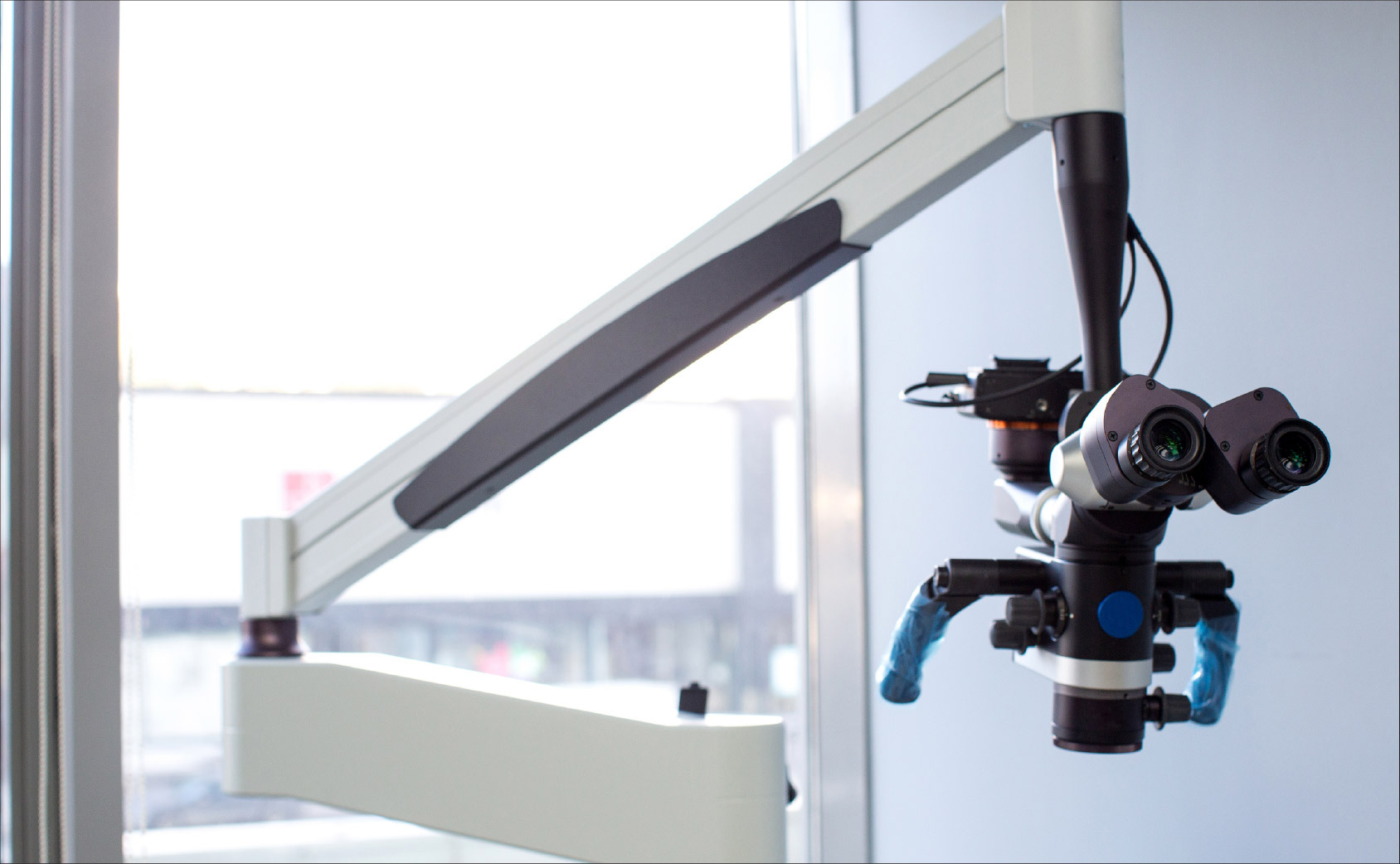AI-Enabled Imaging and Telemedicine Driving the U.S. Medical Camera Market Expansion Through 2032

The U.S. medical camera market is projected to experience significant growth, driven by evolving healthcare delivery models, technological advancements, and a rising demand for sophisticated imaging solutions across various end-user segments. A notable opportunity in the market arises from the increasing integration of medical cameras within hospitals and clinics, with an estimated value of USD 323.7 million in 2023, expected to soar to USD 635.4 million by 2032, reflecting a compound annual growth rate (CAGR) of 8.3%. Hospitals and clinics are actively upgrading their imaging technologies to support minimally invasive surgeries, high-precision diagnostics, and telemedicine initiatives. This growth is bolstered by the growing need for documentation, surgical training, and real-time monitoring, driving demand for high-resolution pan-tilt-zoom (PTZ) cameras, fixed cameras, and AI-enhanced imaging solutions.
The home healthcare segment presents a particularly dynamic opportunity, projected to grow from USD 231.6 million in 2023 to USD 490.6 million by 2032, with a CAGR of 9.2%. The prevalence of chronic diseases, an aging population, and a shift towards patient-centric care are contributing to the demand for portable and wearable medical cameras that facilitate remote monitoring and teleconsultation. These devices enable caregivers and healthcare professionals to gain real-time insights into patient conditions, thereby reducing hospital visits and improving patient outcomes. Furthermore, integration with telemedicine platforms, cloud-based storage, and AI analytics adds significant value, providing comprehensive solutions for home-based care.
Long-term care facilities also represent a promising market segment, with expectations for growth from USD 171.8 million in 2023 to USD 322.5 million by 2032, achieving a CAGR of 7.8%. These facilities increasingly require dependable monitoring and imaging systems to maintain patient safety, mitigate risks, and ensure compliance with healthcare regulations. Medical cameras are being utilized to facilitate continuous observation of residents, enabling early detection of complications and enhancing operational efficiency. Advanced imaging technologies, including high-definition fixed cameras and PTZ systems, allow for both live monitoring and documented records, thereby opening new avenues for product adoption and service enhancement.
Rehabilitation centers, projected to grow from USD 127.3 million in 2023 to USD 237.6 million by 2032 at a CAGR of 7.7%, are also capitalizing on the use of medical cameras for therapy monitoring, motion tracking, and remote consultations. This growth allows therapists to accurately assess patient progress and adjust treatment plans as needed. The use of wearable monitoring devices integrated with AI analytics is particularly beneficial for tracking patient movements and ensuring adherence to rehabilitation protocols, thereby expanding the functionalities of medical cameras in this segment.
Technological innovations continue to provide opportunities across all end-user segments. The integration of AI, machine learning, and cloud-based analytics with medical cameras allows for real-time detection of abnormalities, predictive diagnostics, and enhanced surgical guidance. Manufacturers and healthcare providers can leverage this trend by delivering AI-enabled cameras tailored to specific clinical applications, such as cardiology, gastroenterology, orthopedics, and ophthalmology. Additionally, portable and wireless cameras enhance point-of-care diagnostics and remote consultations, increasing market penetration in outpatient and home-based care environments.
Regulatory support, favorable reimbursement policies, and an increase in healthcare expenditures create a conducive landscape for market growth. Hospitals, clinics, long-term care facilities, and home healthcare providers are heavily investing in upgrading their imaging infrastructure to meet patient expectations, enhance care quality, and comply with FDA and ISO standards. Companies that offer bundled solutions, combining advanced imaging, software updates, and maintenance services, position themselves well to capture market share and address ongoing operational challenges.
In conclusion, the U.S. medical camera market offers a broad spectrum of opportunities fueled by growth across hospitals, home healthcare services, long-term care facilities, and rehabilitation centers. The adoption of AI-enabled imaging, portable and wearable cameras, telemedicine integration, and cloud-based analytics is expected to enhance clinical efficiency and improve patient outcomes. As healthcare providers increasingly shift their focus toward patient-centric, technology-driven care models, the incorporation of medical cameras is becoming essential across various settings. Continuous innovation, strategic partnerships, and expansion into under-penetrated segments will likely ensure sustained growth and deliver long-term value for manufacturers and healthcare providers through 2032 and beyond.